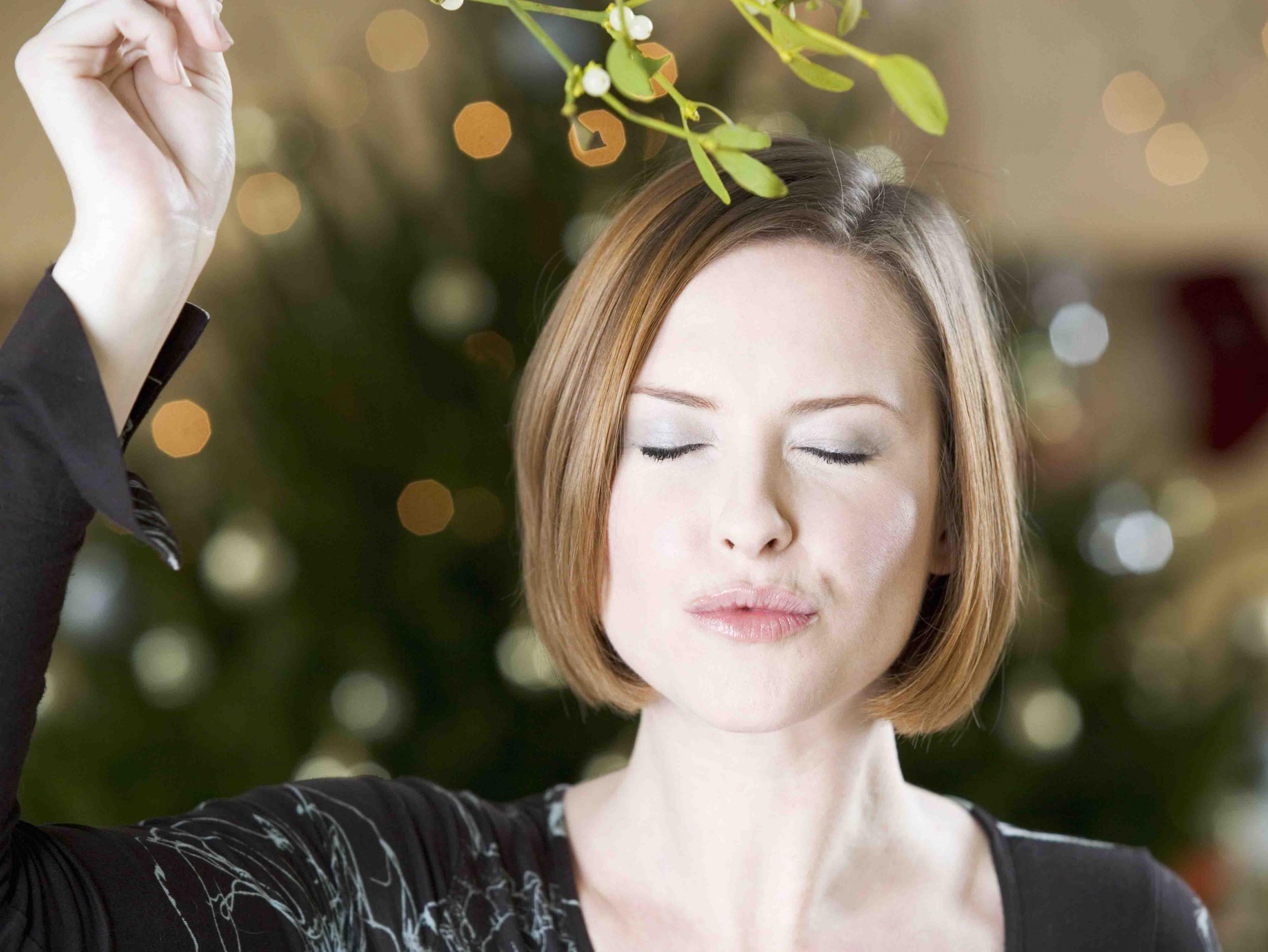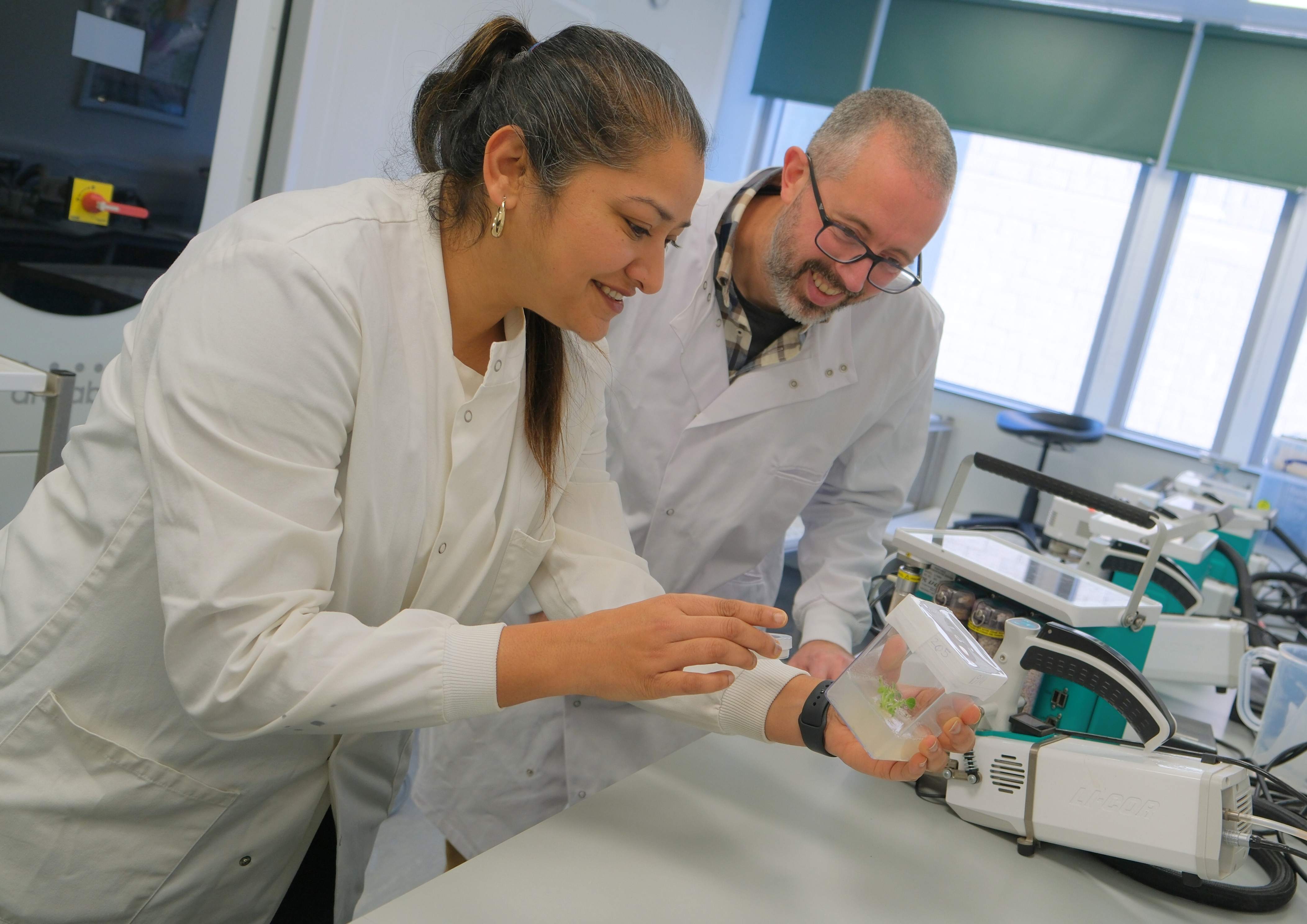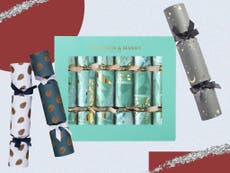Mistletoe could be used to save lives in the future
It’s all about birdlime

Your support helps us to tell the story
From reproductive rights to climate change to Big Tech, The Independent is on the ground when the story is developing. Whether it's investigating the financials of Elon Musk's pro-Trump PAC or producing our latest documentary, 'The A Word', which shines a light on the American women fighting for reproductive rights, we know how important it is to parse out the facts from the messaging.
At such a critical moment in US history, we need reporters on the ground. Your donation allows us to keep sending journalists to speak to both sides of the story.
The Independent is trusted by Americans across the entire political spectrum. And unlike many other quality news outlets, we choose not to lock Americans out of our reporting and analysis with paywalls. We believe quality journalism should be available to everyone, paid for by those who can afford it.
Your support makes all the difference.Mistletoe could be used as a surgical glue in the future, according to scientists.
Researchers from the University of Essex have grown the festive plant in controlled laboratory conditions and are studying its genetic make-up.
Dr Nick Aldred, of the School of Life Sciences, said mistletoe’s potential as a glue has been “known about for thousands of years”.
As far back as 50BC the Roman author Pliny described the use of mistletoe berries in the creation of birdlime, which is used to trap birds in hunting.
During the Second World War, birdlime was also used to create British sticky bombs.
However, the commercial and medical use of mistletoe-based glue has not been fully explored due to uncertainty about the exact adhesive mechanisms and availability of berries on a large scale.

Dr Aldred said: “By exploring the natural world to create environmentally-friendly glues, we can use naturally-occurring materials to benefit us all.
“It might seem unusual to use mistletoe berries as the basis of a glue, but its potential has been known about for thousands of years.
“If we can develop and build on this knowledge, hopefully we can make a useful glue – whilst learning more about how nature can benefit us all.”

Dr Pallavi Singh, who is working alongside Dr Aldred, said mistletoe is “really understudied” and “could have a wide range of uses – including high-quality surgical glue”.
“Mistletoe also has the largest genome of any plant to be sequenced in the UK, meaning the research could have wide-ranging impacts in biotech and how we understand the world,” she said.
The research is in its early stages, with a series of experiments to follow as the project develops to see if mistletoe and mistletoe-inspired glue can be developed commercially.
What is mistletoe a Christmas tradition?
A sprig of mistletoe tied over the Christmas party dance floor or hanging in a doorway is generally taken as an excuse for people to pucker up.
It is mistletoe’s properties that enable it to stay green in the winter, even when the tree has lost its leaves, that led both the Celts and Norse peoples to form myths about its special properties.
One tale from Norse legends, which were told by pre-Christian Scandinavian people in the fifth and sixth centuries, explains its association with love.


